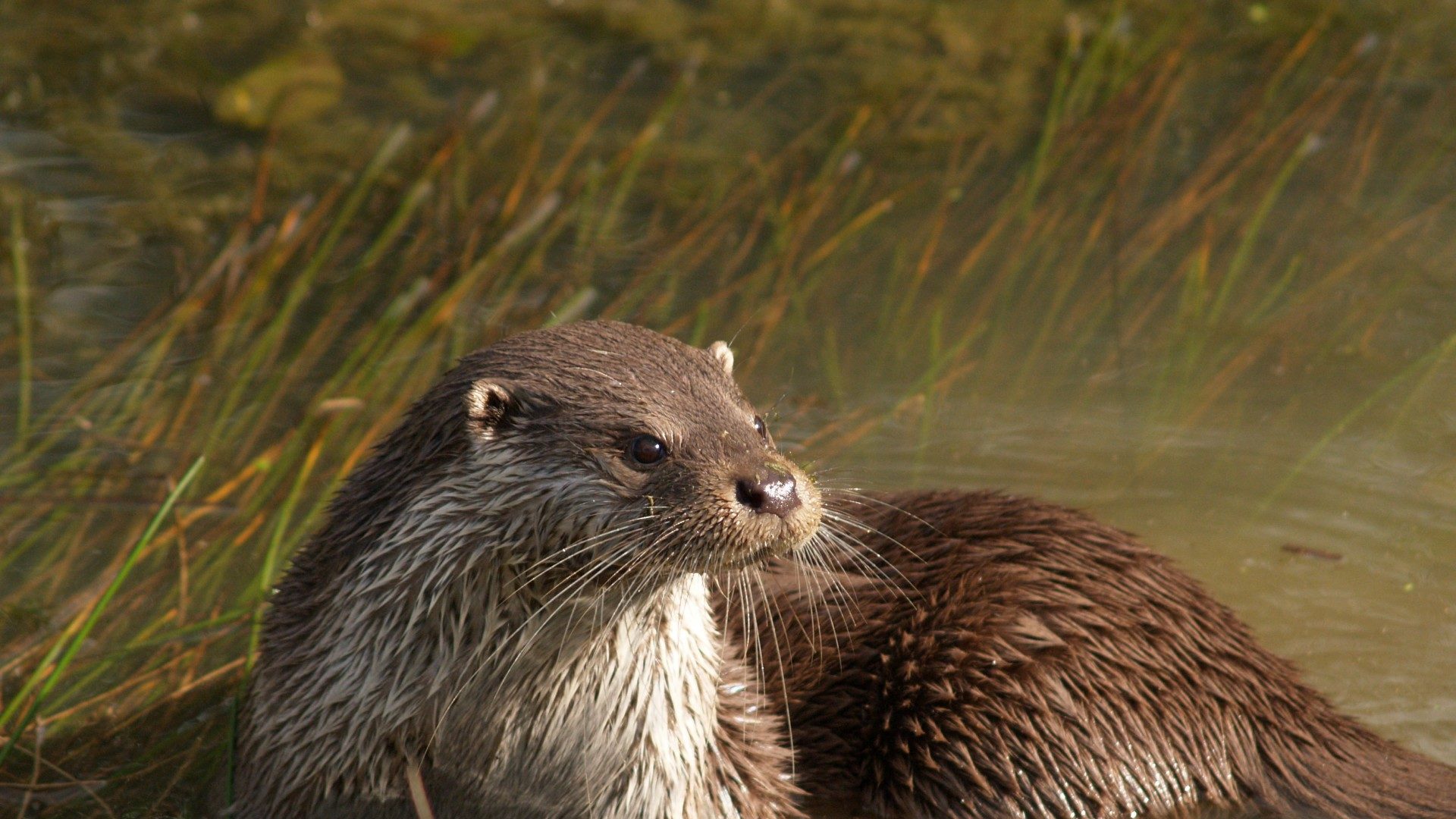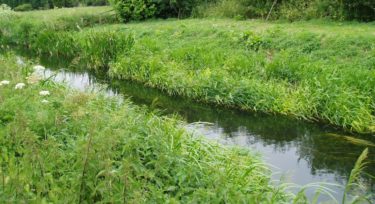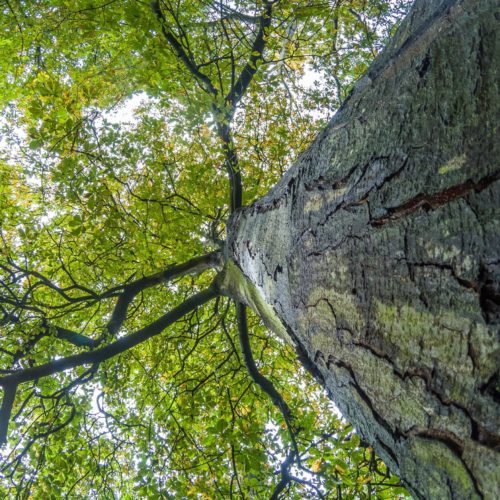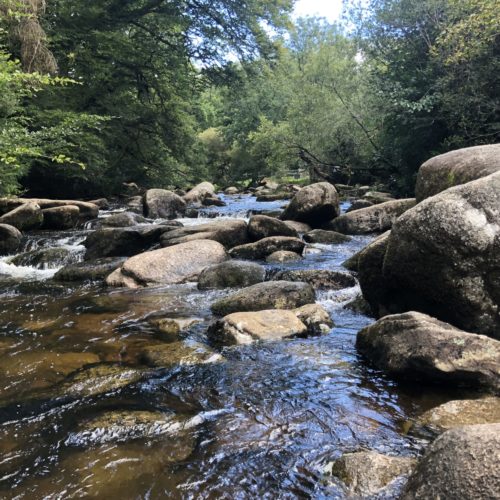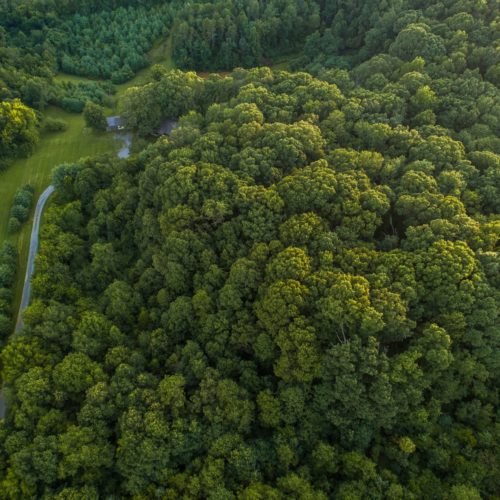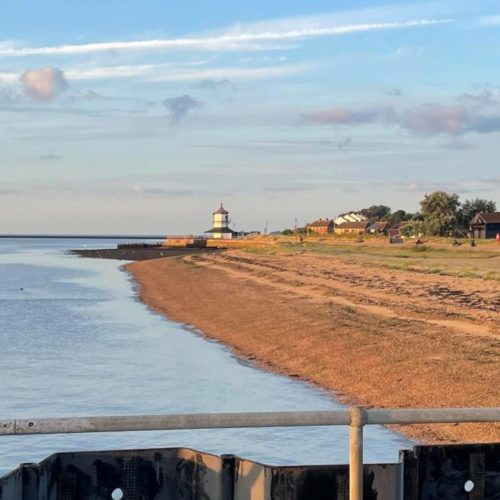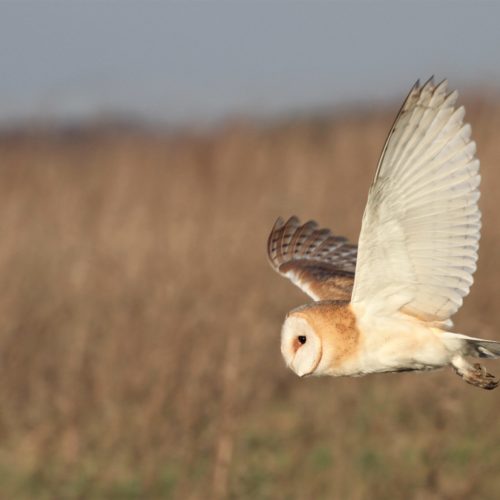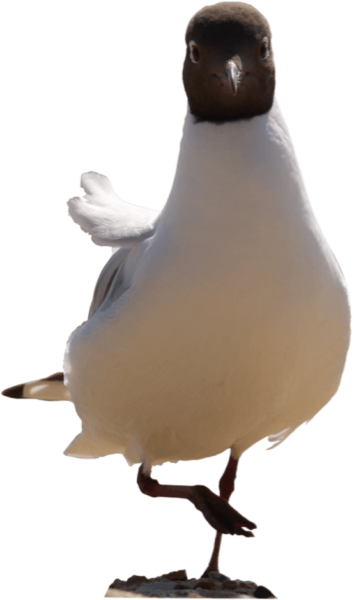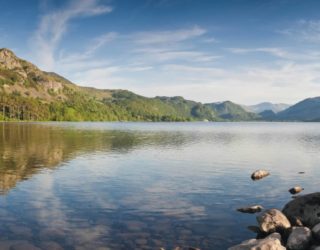The otter population in the UK is currently recovering after crashing in the middle of the last century.
Otters favour habitat near fresh water with suitable cover, including coasts and estuaries with fresh water nearby. Therefore, surveys should be undertaken where a development proposal may affect a waterbody. As otters are highly mobile and wide ranging, watercourses beyond the immediate development footprint must be taken into account. This usually involves surveying an additional 2km upstream and downstream.
An otter survey records the features of the habitat in order to undertake a Habitat Suitability Assessment and includes a systematic search for evidence of otter presence. Habitat features recorded may include waterbody type, depth and width, flow velocity, channel substrate, presence of pollution, amount of nearby cover, presence of bridges, culverts and other prominent features and level of disturbance. Signs of otter presence include spraints (dung), holts (underground dens), footprints, feeding remains, slides (into water) and couches (above-ground resting areas).
Otter surveys can be undertaken throughout the year, though spring is the optimum time when water levels recede. In some situations, it may be necessary to undertake more than one survey, at different times of the year, to take into account seasonal variation in otter activity.
Our otter surveys and mitigation strategies are guided by best practice including the Vincent Wildlife Trust and Scottish Natural Heritage Best Practice guidelines and Natural England Standing Advice, and our surveyors meet the competencies set out by the Chartered Institute of Ecology and Environmental Management (CIEEM). Where otters may be affected by a development, our specialists can provide advice on suitable mitigation options and guidance on minimising ecological risk. To allow works to proceed lawfully, we can apply for the development licences necessary on your behalf.
